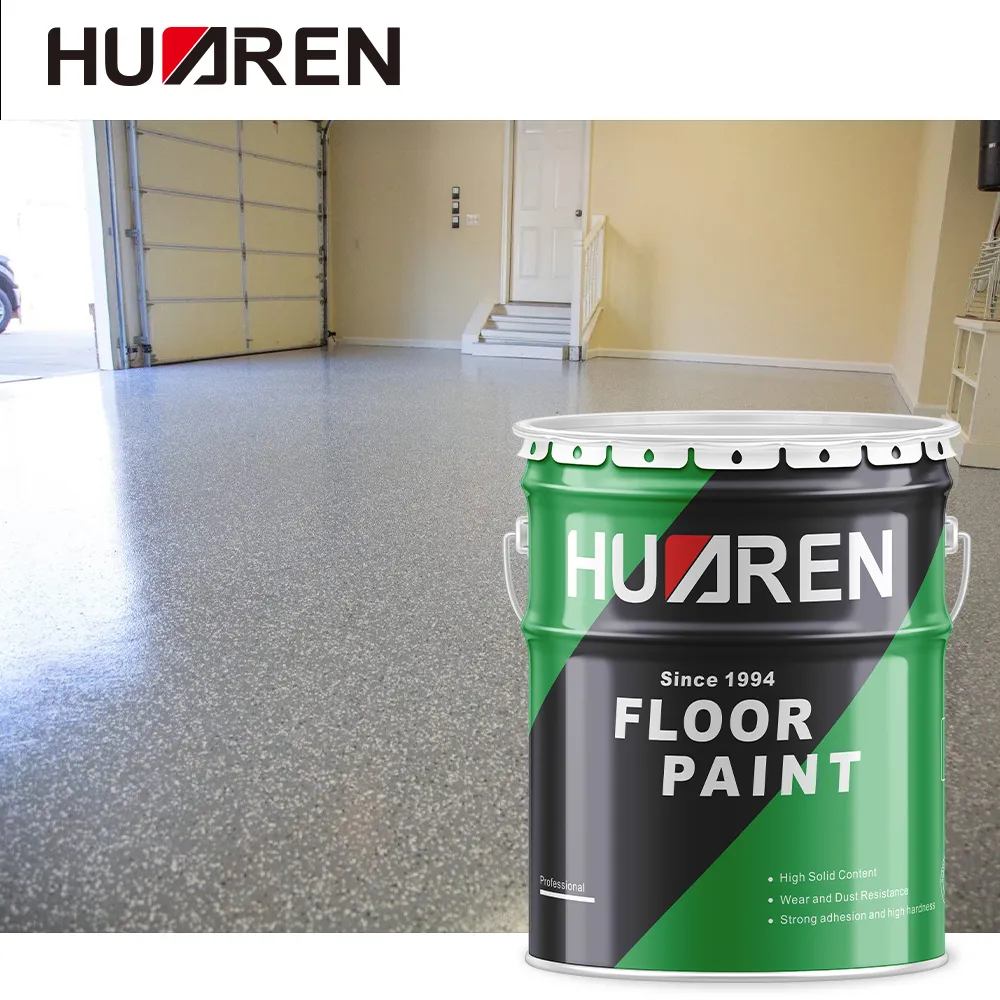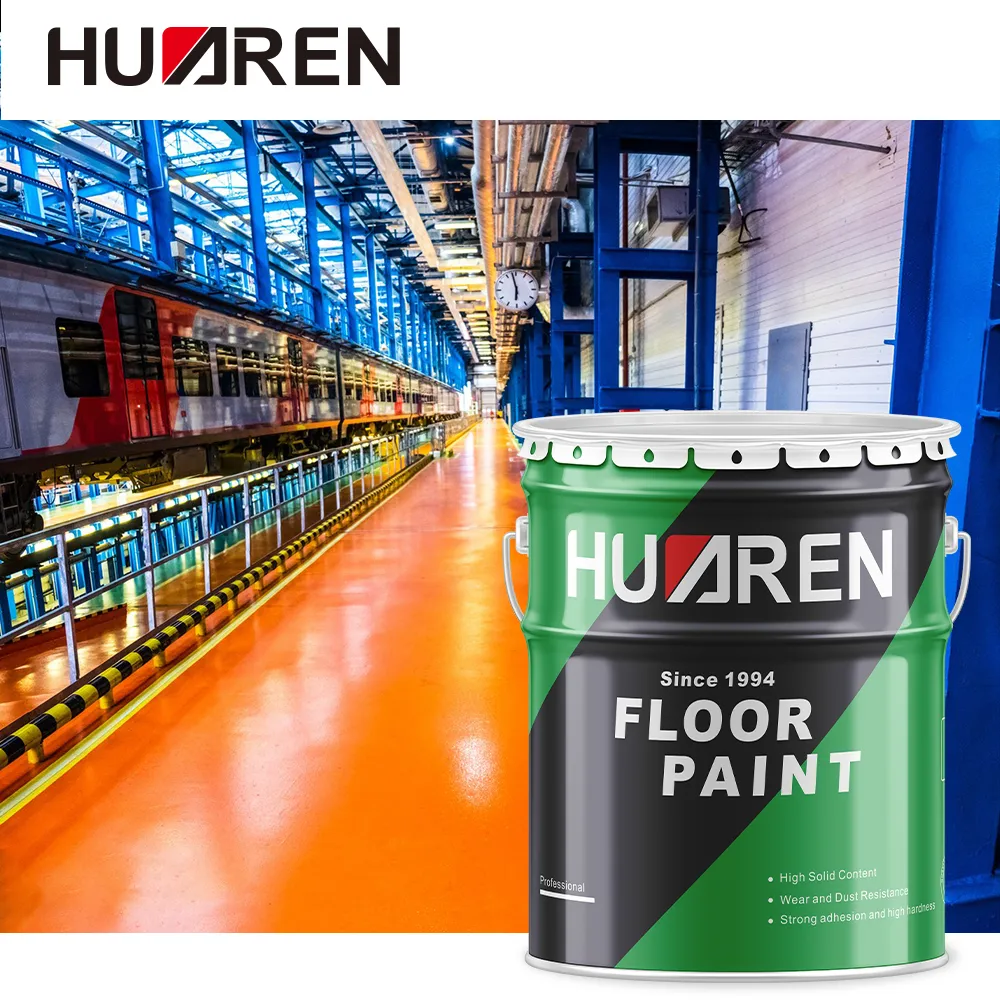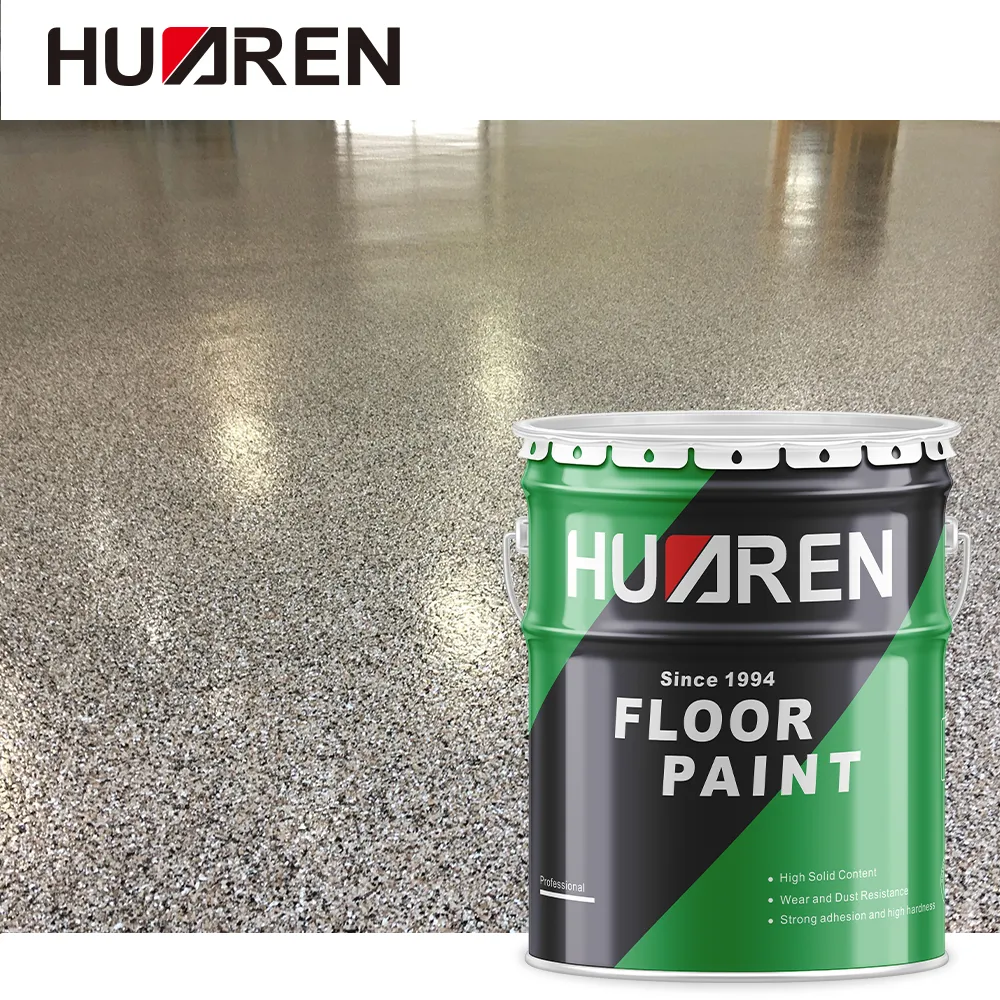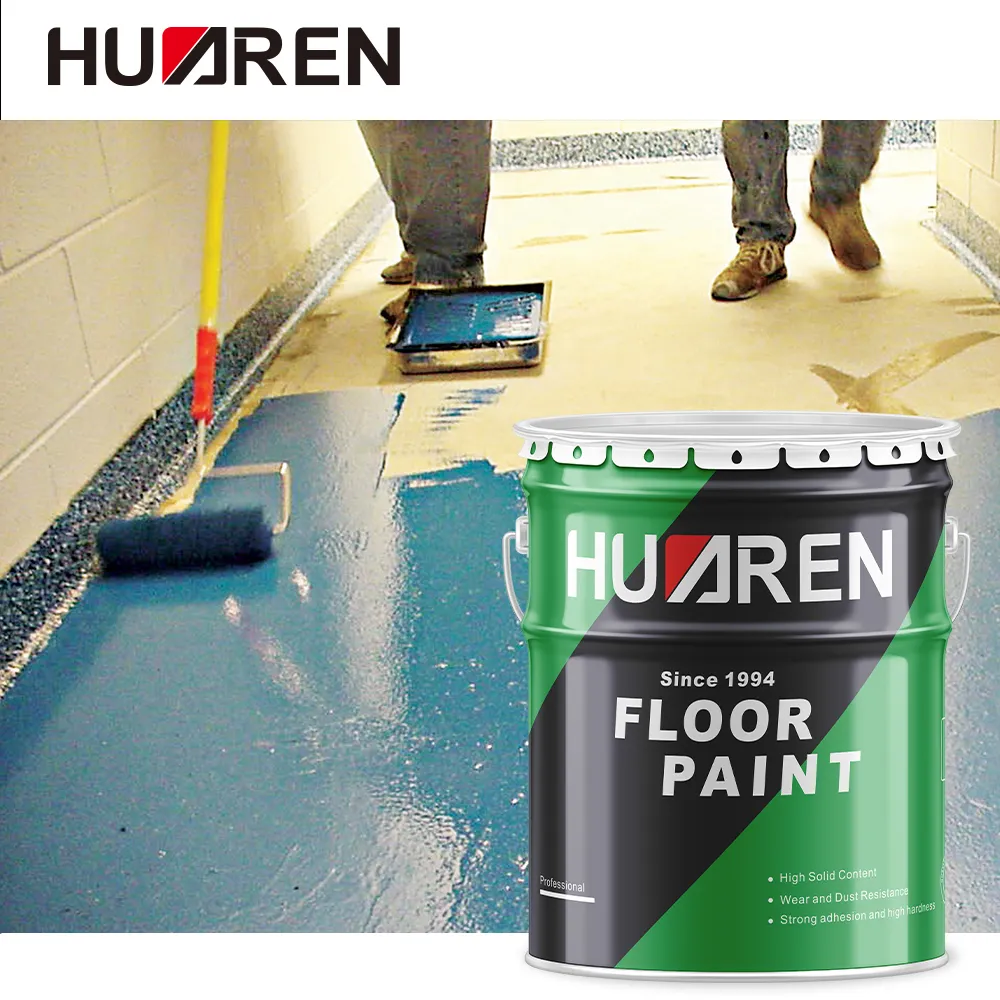Anti slip paint is an important functional coating that is widely used on floors or surfaces that need to prevent slipping. It is not only used in industrial places such as factories, warehouses, and marine platforms, but also commonly seen in public areas and residential stairs, balconies, and other places where friction needs to be increased. Many people have doubts about the drying time of anti slip paint, how it works, and how it works when choosing to use it.
This article will take a deep look at the drying time of anti slip paint, its anti-slip mechanism, and things to pay attention to during application.

How long does it take for anti slip paint to dry?
The drying time of anti slip paint varies depending on the brand, ambient temperature, humidity, construction conditions, and coating thickness. Generally speaking, the drying process of anti slip paint is divided into several stages: surface drying, hard drying, and complete curing.
Surface drying time
The surface drying time refers to the time when the surface of the paint is dry and does not stick to the touch with a finger. The surface drying time of anti slip paint is usually between 30 minutes and 2 hours, depending on the type of paint and the construction environment. In a warm and well-ventilated environment, the surface drying time is relatively short; conversely, in a humid and cold environment, the drying time will be longer.
Drying time
Drying time means that the inside of the paint film is also dry and can withstand light contact or handling. Most anti slip paints have a drying time of between 4 and 8 hours. At this point, although the surface appears to be dry, the paint film is still relatively fragile and is not suitable for heavy objects or frequent use.
Full cure time
Full cure means that the paint film is completely hardened and has reached the optimal performance state for which it is designed. For anti slip paint, full cure usually takes 24 to 48 hours, and in some cases, it may take longer (such as 72 hours or more), especially when the coating is thick or the environmental conditions are not favorable.
It should be noted that the anti slip paint may not have achieved its optimal anti-slip performance before it is fully cured. Therefore, it is recommended to avoid using the coating in high-load or high-friction environments before it is fully cured.

What factors affect the drying time of anti slip paint?
Ambient temperature and humidity
Temperature and humidity are the two key factors that affect the drying time of anti slip paint. High temperatures help to accelerate the evaporation of solvents in the paint and shorten the drying time, while high humidity will hinder the evaporation of solvents and prolong the drying time. Therefore, anti slip paint may take more time to dry in humid weather or in an environment with high indoor humidity. In addition, the drying and curing speed of the paint film will be significantly slower in cold environments.
Coating thickness
The thicker the coating, the longer the drying time. This is because thicker coatings make it more difficult for the solvents inside to evaporate, thus prolonging the curing process. In general, the coating should be kept evenly during construction and avoid over-thickness to ensure a balance between drying time and anti-slip performance.
Ventilation conditions
Good ventilation can promote the evaporation of solvents and accelerate the drying of the paint film. When applying, it is recommended to choose a well-ventilated area or use fans or ventilation equipment to speed up the drying process.
Coating type
Different types of anti slip paint have different chemical compositions and drying mechanisms. Water-based anti slip paints usually dry faster, while solvent-based anti slip paints may take more time to fully cure. In addition, some special types of anti slip paint (such as epoxy anti slip paint) may require the use of special curing agents, and their drying time will also increase accordingly.

How does anti slip paint work?
The main function of anti slip paint is to reduce the risk of slipping on wet, greasy or slippery surfaces by increasing the coefficient of friction of the ground. So how does anti slip paint achieve this function? Its anti-slip effect comes from the following aspects of design and material composition.
Adding anti-slip particles
The core anti-slip mechanism of anti slip paint is to add tiny anti-slip particles to the paint. These particles are usually made of high-hardness materials such as quartz sand, aluminum oxide or glass beads, which can increase the roughness of the surface. When these paints dry, the particles partially protrude from the surface, providing additional friction to prevent people or objects from sliding on the surface.
Enhanced friction coefficient
The presence of anti-slip particles in the coating significantly increases the coefficient of friction of the surface. The coefficient of friction is a measure of the sliding resistance between two contacting surfaces. Anti slip paint reduces the risk of slipping by improving this index. High-quality anti slip paint can provide stable friction in slippery conditions, preventing people from slipping on surfaces covered with media such as oil and water.
Strong wear resistance
Anti slip paint not only needs to provide sufficient friction, but also needs to have excellent wear resistance. Its wear resistance determines whether the paint film will lose its anti-slip effect during long-term use. Industrial-grade anti slip paint usually adds wear-resistant materials to ensure that it can maintain a stable anti-slip effect under high-frequency trampling or object friction.
Waterproof and oil-proof performance
In addition to friction, anti slip paint also needs to have good waterproof and oil-proof properties, especially in kitchens, workshops or other environments that may be contaminated by water and oil. These coatings are designed to reduce the adhesion and penetration of water and grease on the surface by using specific polymer materials, thereby ensuring that the anti-slip effect can be sustained even in slippery environments.
Special gloss treatment
Anti slip paint is sometimes treated with a special gloss treatment to give it a low gloss or matte effect. This treatment not only reduces reflections and improves visual comfort, but also increases friction based on the anti-slip particles on the surface, making the surface more anti-slip.
How to use anti slip paint correctly?
To ensure the best anti-slip effect of anti slip paint, the following steps need to be strictly followed during the application process:
Surface preparation
Before applying anti slip paint, the substrate surface must be thoroughly cleaned and prepared. Make sure the surface is free of dust, grease, moisture or other impurities so that the anti slip paint can adhere evenly. For metal or smooth surfaces, it may also be necessary to use sandpaper or use a primer to improve adhesion.
Mixing and stirring
Some anti slip paints (especially two-component epoxy anti slip paints) require the paint and curing agent to be mixed in proportion before use. After mixing, stir well to ensure that the anti-slip particles in the paint are evenly distributed, otherwise the coating may not have a good anti-slip effect in some areas.
Evenly apply
When applying with a roller or brush, ensure that the paint is evenly applied to the substrate surface. Avoid applying too thick or too thin in some areas, as uneven coating will affect the final anti-slip effect. For high-friction areas, consider adding an extra coat to improve the anti-slip performance.
Waiting for full curing
As mentioned above, the anti-slip paint does not have the best anti-slip performance before it is fully cured. After the construction is completed, the drying time recommended in the product manual should be strictly followed, and the anti-slip paint should be fully cured before it can be put into use.

What are the application scenarios of anti-slip paint?
The application scenarios of anti-slip paint are very wide, covering almost all environments that need to prevent slipping. The following are several typical application scenarios:
Industrial workshops and warehouses
In industrial production, the floors of workshops and warehouses often need to withstand a large number of vehicles and personnel flows, and are easily slippery due to grease, moisture, etc. The use of anti-slip paint can effectively reduce the occurrence of slip accidents and improve work safety.
Swimming pools and gyms
The floors around swimming pools, shower areas, and gyms are often wet, which is very easy to cause slips. By applying anti-slip paint in these areas, the friction of the ground can be significantly increased and safety accidents can be reduced.
Home stairs and balconies
In the home, anti-slip paint can also be used in areas such as stairs and balconies. Especially for families with elderly people and children, the use of anti-slip paint can effectively prevent slip accidents.
What are the benefits of buying from Huaren Chemical?
By choosing Huaren Chemical Industry Co., Ltd., you benefit from high-quality industrial coatings at wholesale prices. With over 30 years of experience and 20,000 tons of annual production capacity, we are a reliable partner for large-scale purchasing needs. We offer discounts, competitive prices, and a broad product selection, including epoxy, acrylic, and anti-corrosion paints. Request a quote today to learn more about our offerings.

